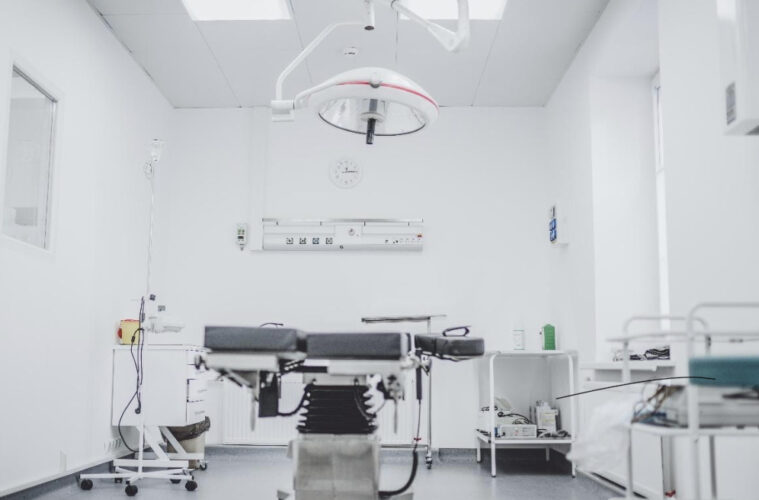If there’s a place where millions of pathogens and germs crawl, that has to be in hospitals. That’s why medical devices need to be ever sterilized before they are used. If not, bacteria can quickly spread to the sick already in the hospital.
But these devices aren’t just sterilized for the sake of it; some protocols guide how each device is sterilized. This majorly depends on the kind of work the device is going to do. Here’s how to clean medical devices before they are ever used.
Critical Devices – Sterilization
The first thing you need to know about sterilization is that it’s meant to kill microbial life. This is the main reason why they are used for the critical care devices in hospitals -mostly. In this case, the devices are steamed in extreme heat – this is one of the best ways to sterilize medical equipment.
If not, the devices are sterilized with chemical sterilant. These sterilizers are considered low heat, as opposed to the extreme heat part of sterilizing the instruments. The option is generally used for devices made of plastic and can’t be under extreme heat.
But also, another thing that you should note is that most devices that are meant to be sterilized are bought that way. But still, they need to be sterilized before they are used on any patient – there’s always a high risk of pathogen exposure in hospitals.
Non- Critical Devices – Intermediate/Low-level Disinfectant
There are some non-critical devices where patients are that don’t need to be thoroughly sterilized. For these, you can use a hospital disinfectant that the EPA recommends. These devices need only be cleaned when there’s visible dirt on them – they should also be disinfected daily if possible.
When the term daily is used, you may think it can happen once every 24 hours, but it should happen after use by any patient. These devices don’t regularly contact the patient’s skins and hence are quite a low risk. Some of the items in this category include IV poles, computers, lab benches, and others.
Semi-Critical Devices – High-Level Disinfectant
Another category of devices in hospitals also needs to be cleaned, and these are semi-critical devices. These are cleaned with high-level disinfectants. It isn’t at the level of sterilization, but they are almost there.
High-level disinfectants are the ones that are used to kill all living organisms. Though, they don’t kill a high level of bacterial spores. This disinfection is done through the use of chemical disinfectants. These chemicals include hydrogen peroxide, Glutaraldehyde among several others.
These chemicals, though, need to be cleared by the FDA before they can be used. And lastly, they need to be qualified in the dependable high-level disinfectant category. When cleaning these devices, they need to be rinsed of all water after the disinfection is complete.
These high-level disinfectants carry many chemicals that may be harmful if they aren’t rinsed before use. They should be rinsed in sterile water to be safe.
If you are wondering what the best one to use is, you need to choose the one with the materials you want. If plastics are to be disinfected, you need to be extra careful, as some may rust when exposed to harsh chemicals. And the disinfectants use some of the harshest.
Who Should Clean the Devices
Depending on each device and its use, it should be cleaned by the closest people. However, most hospitals tend to have their care devices sterilized at a central processing department. This makes it easy to ensure quality control where the devices are concerned.
A sterile-processing technician is the one that manages all these devices. Some larger hospitals have their re-processing center where these devices are handled – and carefully.
Another practice that is commonly used is to ensure that the devices are pre-cleaned before any use. The cleaning should follow the device’s IFU, or you may not fully clean it or damage it in the cleaning process. Pre-cleaning will ensure that all visible organic remnants are entirely done away with.
After use, they should also be cleaned so that you can prevent germs from contaminating other areas. It also ensures that the particles don’t stick to the device and make sterilization useless.

Sterilizing medical devices is something that needs to be done on a regular. This ensures that the pathogens in the air, which are too many in hospitals, don’t spread. And there are three levels of cleaning that can be done on medical devices. Above is how clean the devices should be before and after use.
Published on Holr Website


